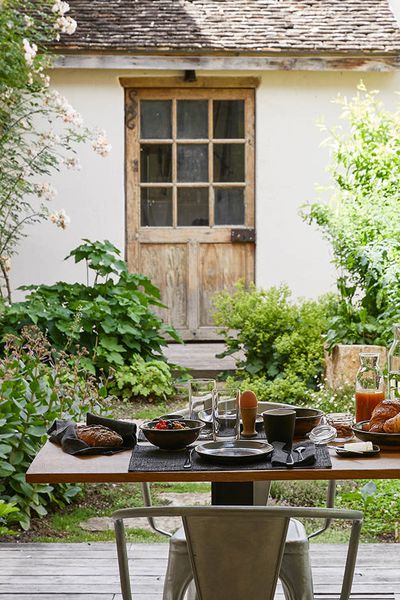The Sawday’s Self-catering Market Report
A wiser audience, greener travel, saturation point and the tech balancing act
After an unstable and unpredictable few years, that ranged from lockdown to the post-pandemic staycation boom, 2023 finds the UK self-catering market appearing to return to normality, but factors more permanent than the pandemic’s heavy yet comparatively brief impact are fuelling deeper change. Overwhelming choice, the climate crisis and the increase in cost of living are influencing consumer behaviour and changing the way owners market themselves.
This report draws on data from the Sawday’s group and external sources to take a look at some of the big questions facing the market as we explore the new landscape of travel.
Market overview
Even before the Covid-driven rise of staycations, self-catering was well established as an economic powerhouse, with a 2019: PASC Report finding 86,445 properties hosting 9.4 million visitor nights per year for a total of £2.6 billion visitor spend. This made it a very desirable market, but a flood of new properties has arguably driven it to the point of saturation. Airbnb reported 6.6 million listings worldwide by the end of 2022, with more than 120,000 in the UK. Thanks to soaring costs, overwhelming supply has not led to a fall in rates, as a Which Report showed a price rise of 50% on the major booking platforms.
This has left guests sifting through an overwhelming array of potentially price-inflated places to find what they want, and yet the market remains strong. Guests are more determined to find value, meaning curated platforms and authentic experiences are the things that will make a place stand out.
While Mintel predicts that the staycation market will flatten out over the next five years, environmental concerns, complications in international travel since Brexit and, surprisingly, a boom in dog ownership, mean that UK self-catering’s time in the sun is not likely to end soon.















